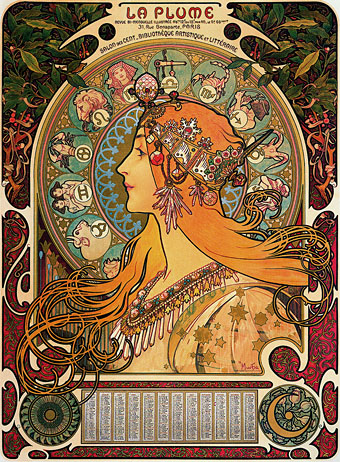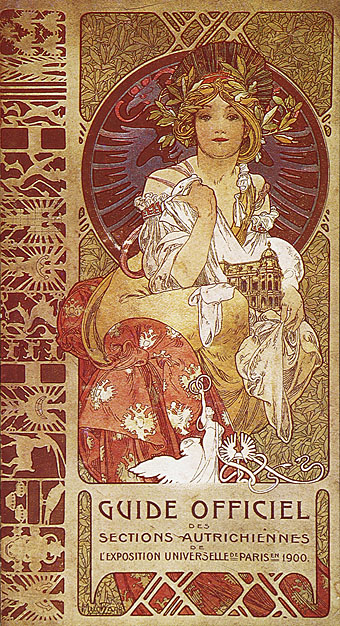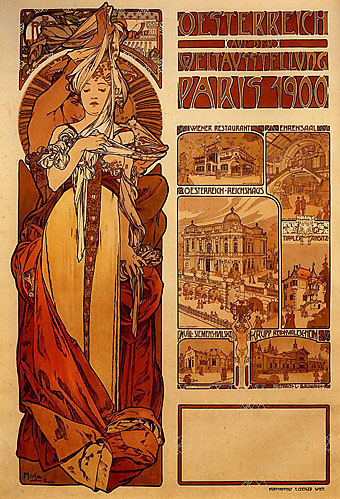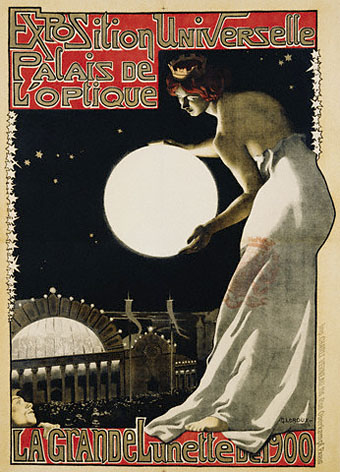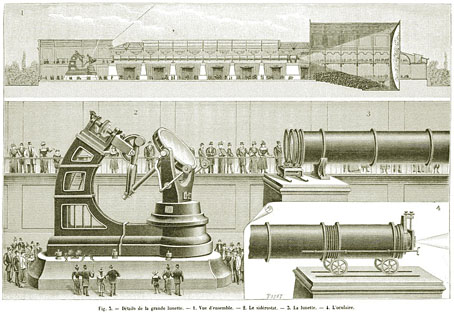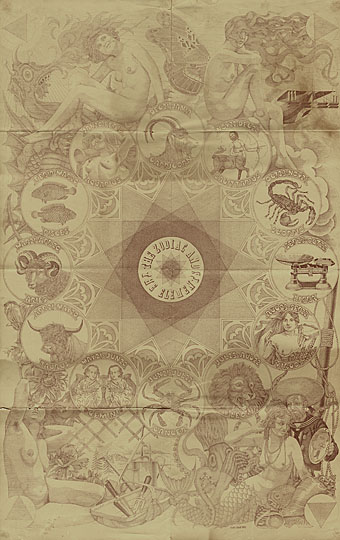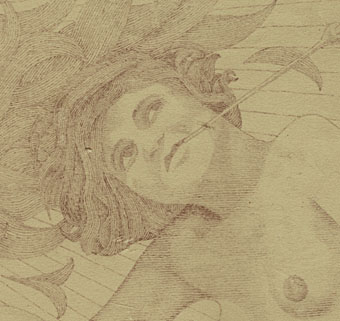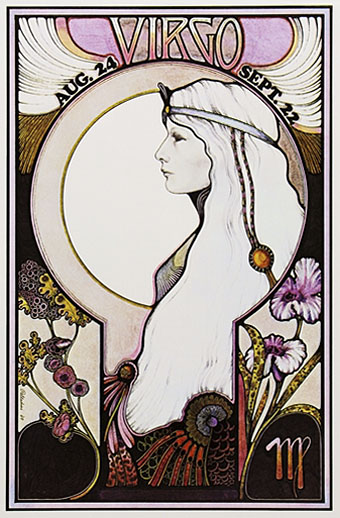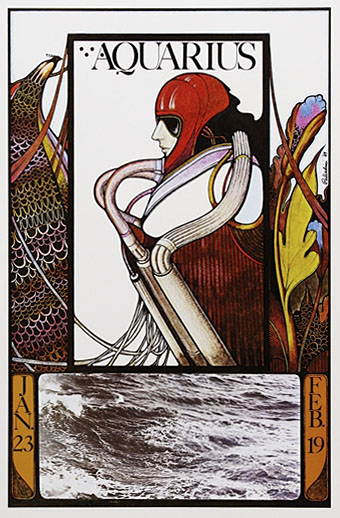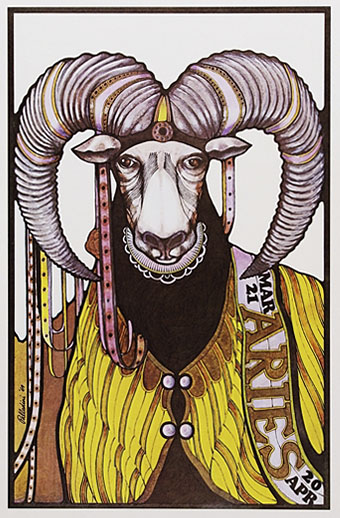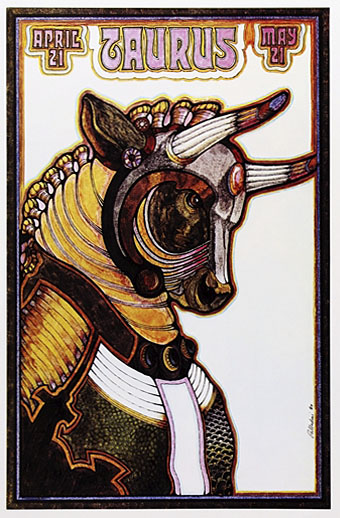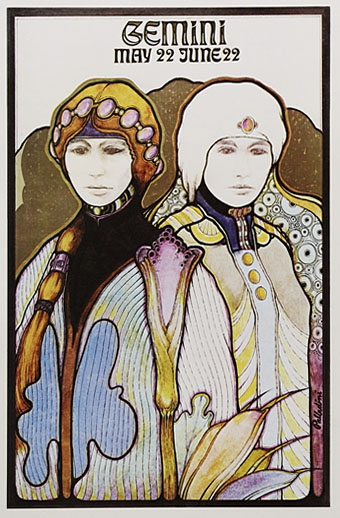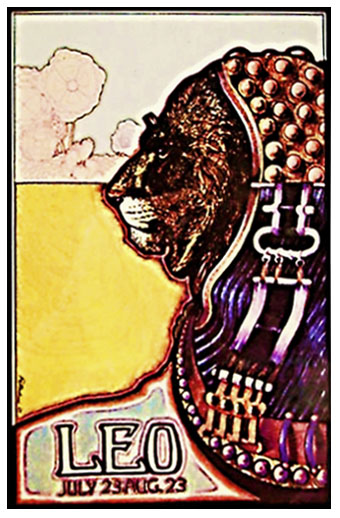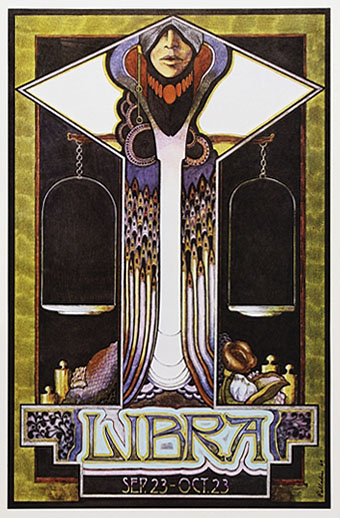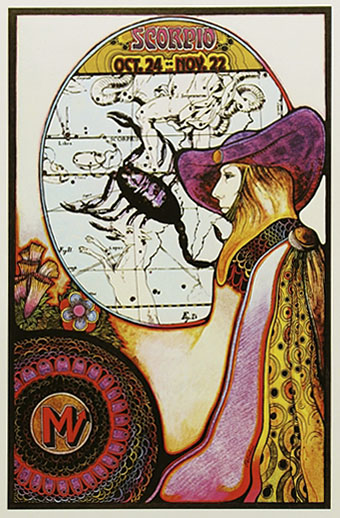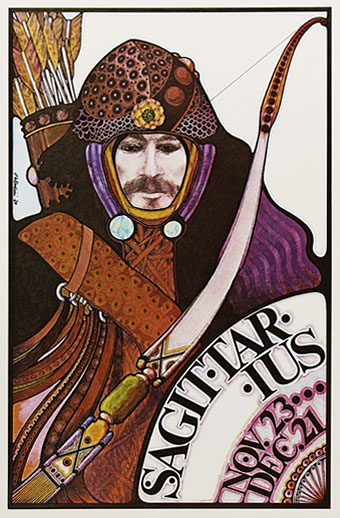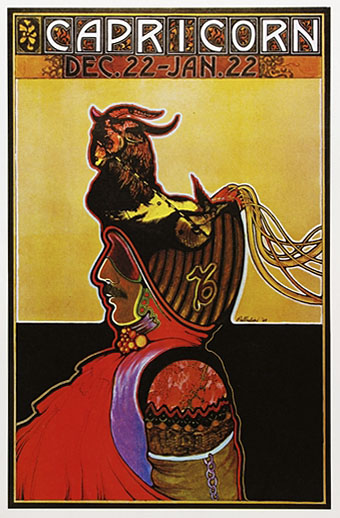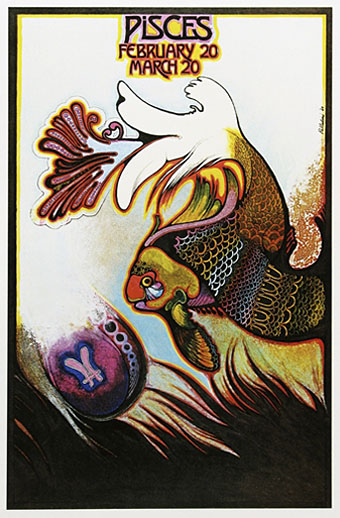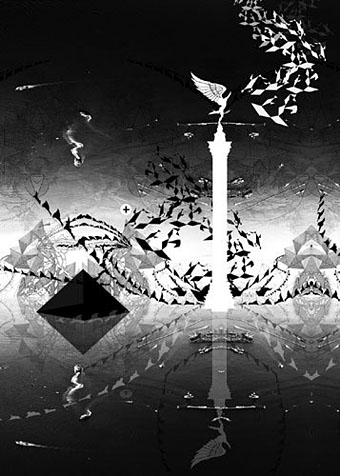
The Expansion of the First Great Ornamental Age: 3 Distances (2009) by Seher Shah.
• Great Female Artists? Think Karachi. “One reason for the unusually high ratio of female artists in Pakistan has to do with the fact that the art industry has not traditionally been viewed as a lucrative business by men, says South Asian art historian Savita Apte, who administers the internationally renowned Abraaj Capital Art Prize. Until very recently, creatively inclined males tended to focus on fields such as advertising or illustration, leaving the art field wide open for some very talented women.” Related: artist Seher Shah (and also here).
• Hardformat looks at the luxury/collectors/whatever edition of the forthcoming Brian Eno album. “What’s the music like?” Colin asks. Indeed.
• Strange Flowers is “a celebration of the most extraordinary, eccentric and unfairly forgotten figures of the past 200 years”.
• Warsaw Warble: Illustration and design in Poland, 1917 to 1938. More marvels from A Journey Round My Skull.
• Strange Attractor hosts talks at London’s Little Shoppe of Horrors throughout the autumn.
• Barney Bubbles in Mojo and more details of the new edition of Paul Gorman’s BB book.
• A blog devoted to all things having to do with Howard Pyle (1853–1911).
• Erik Davis on Dreaming, Writing, Philip K Dick and Lovecraft.
• 10 Reading Revolutions Before E-Books.
• Secular Exorcisms by Evan J Peterson.
• RIP Jean Benoît.
• I Put A Spell On You (1965) by Screamin’ Jay Hawkins; I Put A Spell On You (1965) by Nina Simone; I Put A Spell On You (2001) by Natacha Atlas.

